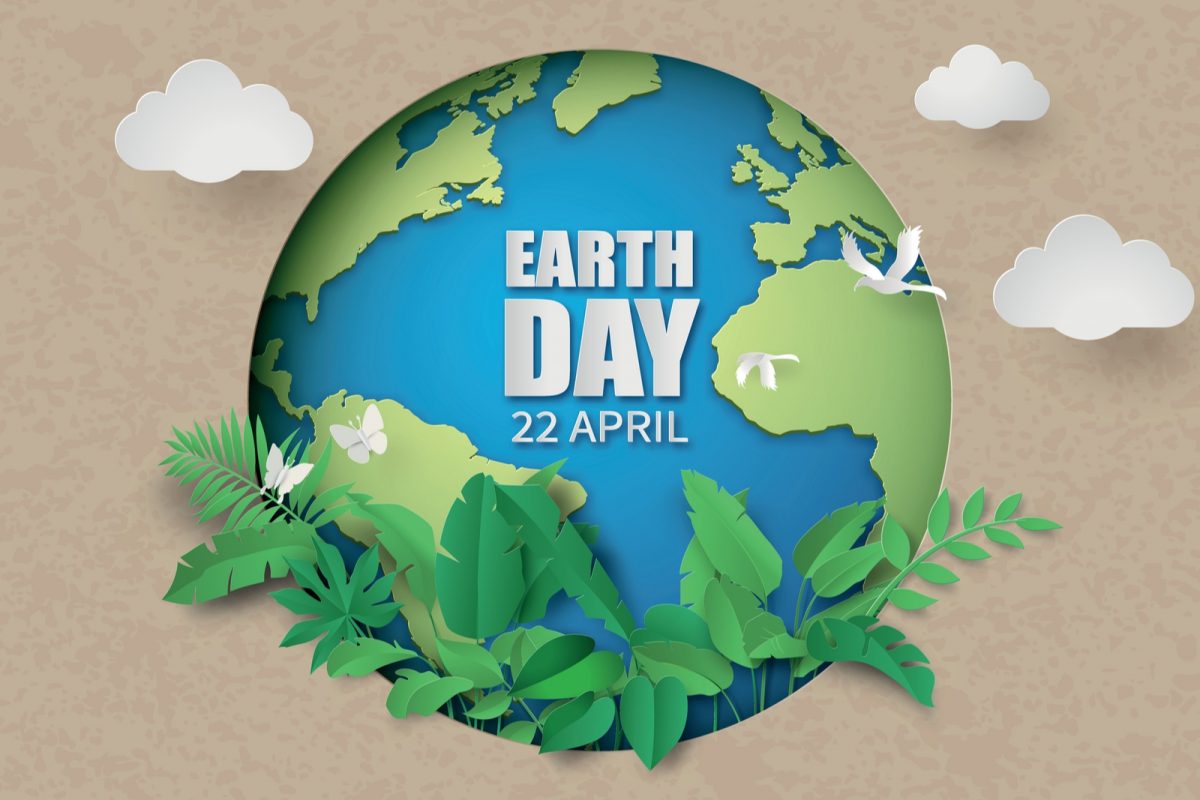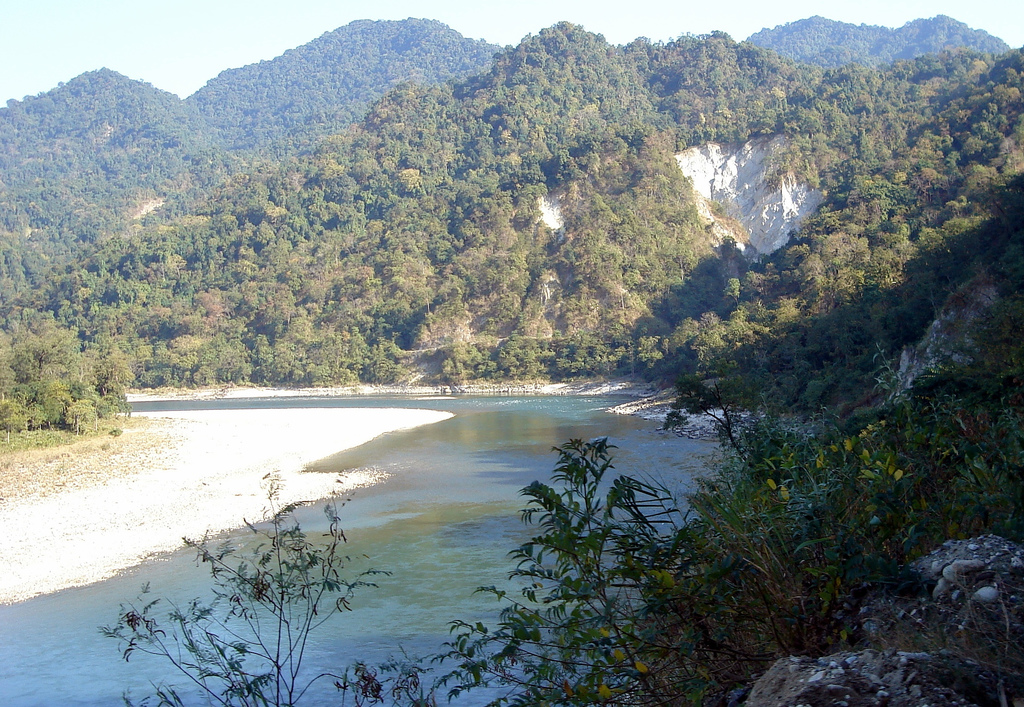Introduction: Earth Day, celebrated annually on April 22nd, is a global event dedicated to raising awareness about environmental issues, promoting sustainability, and inspiring action to protect the planet. Since its inception in 1970, Earth Day has grown into one of the largest civic observances worldwide, mobilizing millions of people across borders and cultures to advocate for a healthier and more sustainable future for all.
Origins of Earth Day:
The roots of Earth Day can be traced back to the environmental movement of the 1960s, a period marked by growing concerns about pollution, deforestation, and the degradation of natural resources. Inspired by the growing awareness of environmental issues and fueled by grassroots activism, U.S. Senator Gaylord Nelson, along with environmental activist Denis Hayes, conceived the idea of a national day to focus on environmental awareness and activism.
On April 22, 1970, the first Earth Day was celebrated in the United States, drawing attention to pressing environmental concerns and galvanizing public support for environmental protection initiatives. Millions of Americans took to the streets in demonstrations, rallies, and educational events, signaling a newfound commitment to safeguarding the planet for future generations.
Global Impact and Expansion:
The success of the inaugural Earth Day in 1970 paved the way for its global expansion, with countries around the world embracing the concept and organizing their own Earth Day observances. In subsequent years, Earth Day evolved into an international movement, transcending political and cultural boundaries to unite people from diverse backgrounds in a common cause.
Today, Earth Day is celebrated in over 190 countries, making it one of the largest civic observances on the planet. From tree planting initiatives and beach cleanups to educational workshops and advocacy campaigns, Earth Day events take various forms, each aimed at promoting environmental awareness and fostering sustainable practices.
Themes and Focus Areas:
Each year, Earth Day is centered around a specific theme or focus area that reflects current environmental challenges and priorities. These themes address a wide range of issues, including climate change, biodiversity loss, pollution, conservation, and sustainable development.
For example, recent Earth Day themes have focused on topics such as:
- “Restore Our Earth”: Highlighting the importance of ecosystem restoration and conservation efforts to address climate change and biodiversity loss.
- “Protect Our Species”: Drawing attention to the global decline of plant and animal species and advocating for conservation measures to safeguard biodiversity.
- “Climate Action”: Emphasizing the urgent need for collective action to mitigate the impacts of climate change and transition to a low-carbon economy.
Impact and Achievements:
Over the years, Earth Day has catalyzed significant environmental achievements and policy changes at both the local and global levels. From the enactment of environmental protection laws to the adoption of sustainable development goals, Earth Day has played a pivotal role in shaping environmental policy and public discourse.
For example, the first Earth Day in 1970 led to the creation of the U.S. Environmental Protection Agency (EPA) and the passage of landmark environmental legislation, including the Clean Air Act, the Clean Water Act, and the Endangered Species Act. These laws laid the groundwork for environmental regulation and enforcement in the United States and set a precedent for other countries to follow.
Earth Day in the 21st Century:
In the 21st century, Earth Day continues to evolve in response to emerging environmental challenges and opportunities. With the growing threat of climate change, habitat destruction, and pollution, the need for collective action to protect the planet has never been more urgent.
Earth Day celebrations in the digital age leverage technology and social media platforms to reach a global audience and amplify environmental messages. Virtual events, online campaigns, and digital advocacy efforts enable individuals from all corners of the globe to participate in Earth Day activities and contribute to the movement for environmental sustainability.
Individual and Collective Action:
While Earth Day serves as a catalyst for collective action and policy change, it also empowers individuals to make a difference in their own communities and daily lives. From reducing energy consumption and waste to supporting local conservation projects and advocating for environmental policies, there are countless ways for individuals to contribute to the health of the planet.
By fostering a sense of environmental stewardship and promoting sustainable practices, Earth Day inspires people to recognize their interconnectedness with the natural world and take responsibility for protecting it. Through individual and collective action, we can work together to build a more sustainable and resilient future for generations to come.
Conclusion:
Earth Day serves as a powerful reminder of the importance of environmental conservation, sustainability, and collective action. By raising awareness about pressing environmental issues and mobilizing people to take meaningful action, Earth Day empowers individuals and communities to become stewards of the planet.
As we celebrate Earth Day each year, let us reaffirm our commitment to protecting the Earth and preserving its beauty and diversity for future generations. Together, we can make a positive impact and create a more sustainable and equitable world for all. Happy Earth Day!






